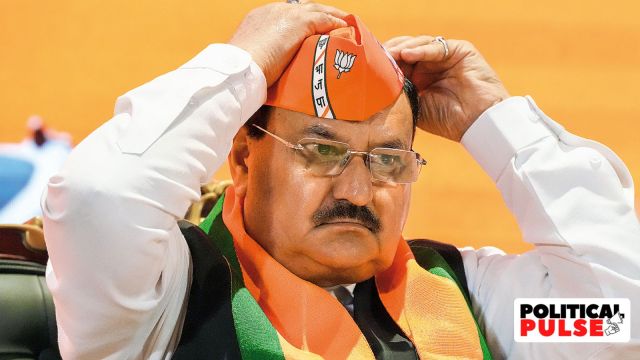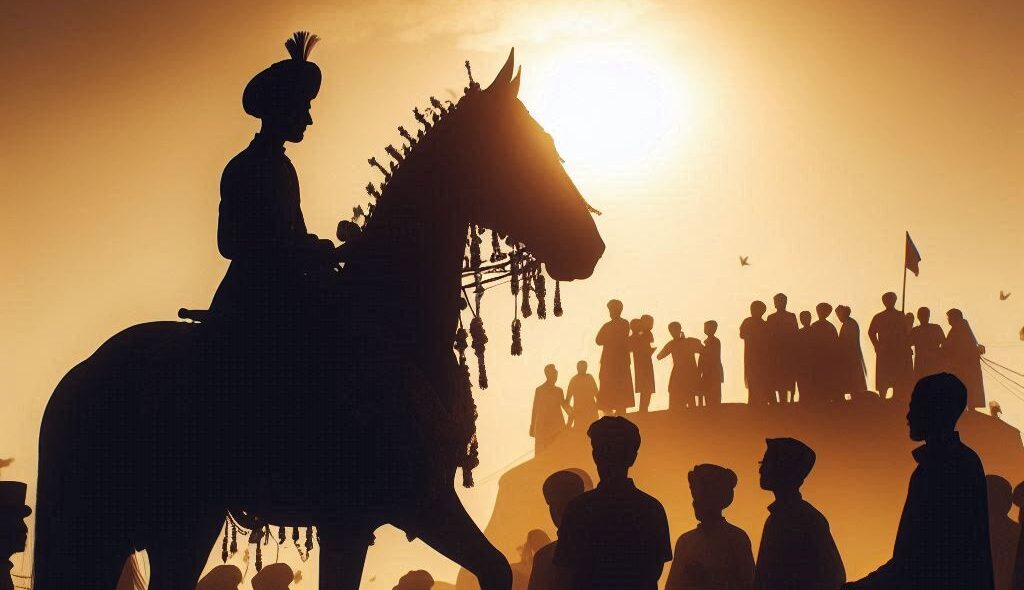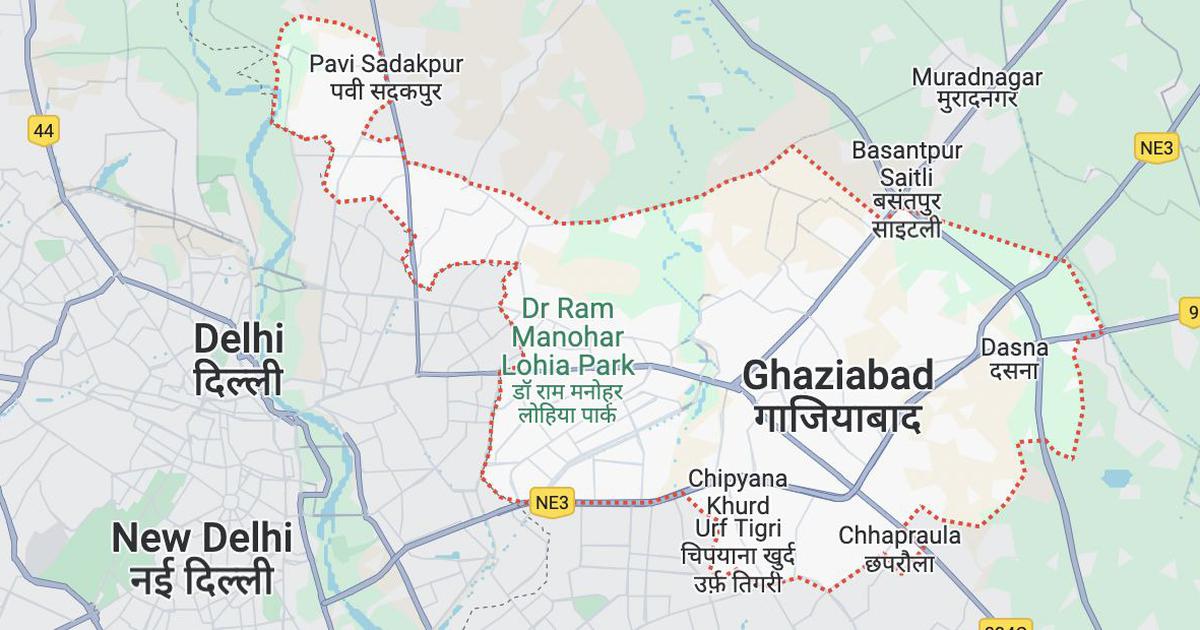
Columnist Mukul Kesavan recently noted in The Telegraph that “a Muslim citizen’s default state is a state of culpability”. He is perfectly correct. Hate against Muslim citizens is strikingly evident in India’s social and public spaces. It is not limited just to the politicians’ speeches: it is visible in the everyday life of the citizenry.
A cursory glance shows that almost every facet of a Muslim citizen’s social life has been menaced: food, clothing, family, social interactions, political participation and, now even the individual – the Muslim woman. It is the consequence of the pursuit of muscular Hindutva in the secular constitutional democracy of India.
For most people, “faith” and “belief” are synonymous terms. However, technically speaking, faith is concerned with knowledge and action, while belief represents a firm conviction. As part of religion, both faith and belief coincide to give meaning to the lives of adherents.
Creating a disjunct
What is happening in India is a deliberate attempt to create a disjunct between Muslim belief and the Muslim faith at the behest of the state. The constant attacks on Muslim citizens participating in the public space is not an attack on the fundamentals of Islam. Rather, it is an attack on how Islam is understood and practised by its followers in their lives as citizens of India.
This is nothing short of an attempt to prise faith away from its foundational belief – to say that Muslims may believe whatever they want to, but still have to put their faith in what they are asked to say or do.
The Hindutva attack operates at two levels. It prevents the manifestation of the Muslim religious identity in public space. Alongside, it also attempts to co-opt and transform this religious identity into a neo-cultural identity dictated by Hindutva ideals.
As part of this plan, the social manifestation of Muslim belief is intended to be replaced by a more robust, Hindutva faith, projecting all Indian Muslims as forced converts from their imaginary Hindu origins.
The intended effect is to emphasize that no Muslim should feel confident to participate in public spaces merely on account of her personal and community-level attachment to their faith, especially with Allah, the Supreme Being. She should not have the temerity to shout “Allahu Akbar”, even when under siege. She should instead feel proud about her alleged Hindu past, a past that is imagined along Hindutva lines.
Flawed interpretation
The Hindutva interpretation of the Muslim faith, its belief-system and the practice of its followers, is deeply flawed. It is as flawed as the strict liberal understanding of the religion – rooted in individual interpretations of the belief system, and lacking the requirement of collective ideals and identity.
Islam is a religion of praxis: the theory is as important as its practice. It is difficult to dissociate Muslim belief from its social context – the Muslim faith. It is also difficult to re-situate its praxis exclusively in some other collective like nationality or even the cultural rootedness of some other historical identity.
A Muslim individual must carry a Muslim identity in addition to whatever other identity she might choose to adopt – she could be an Indian who is a Muslim, a doctor or a teacher who is a Muslim or a student who is also a Muslim.
The hijab controversy in India truly demonstrates this aspect of the identity debate. When Muslim girls come to college in hijab, they do so believing that they can be several things at the same time – Indians, Muslims and students. However, when Hindutva groups challenge these young women, they do so with the intention of disassociating Muslim faith from Muslim belief, and then to replace it with an identity that is completely alien to these women.
While these Muslim women easily wear the identity of being secular Indians, the push for a muscular right-wing liberal one will face resistance. That was evident from the protests against the anti-Muslim Citizenship Amendment Act. That’s a lesson we must all take home.
This story first appeared on scroll.in






